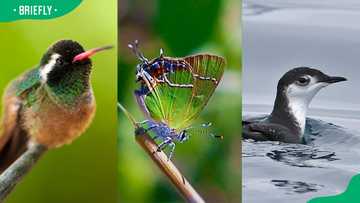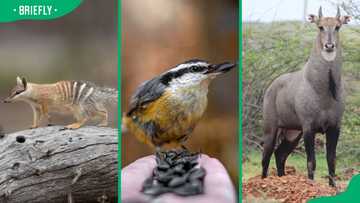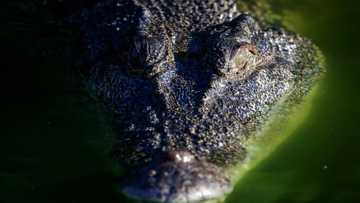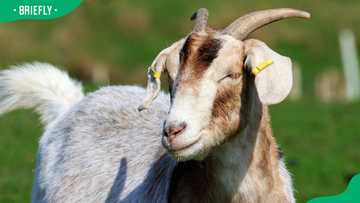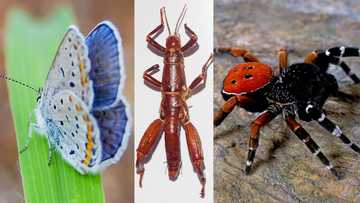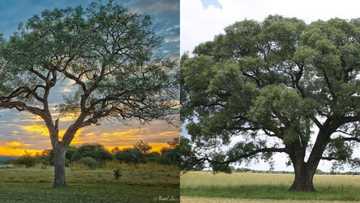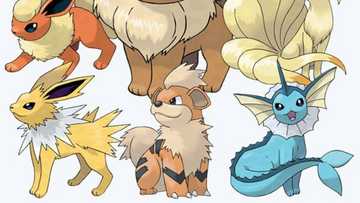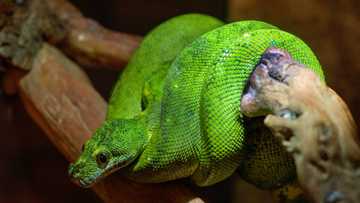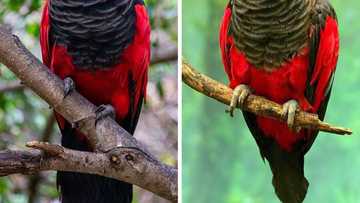Animals that start with V: The ultimate guide with facts and photos
The Earth is home to various animal species that contribute to the planet's health in several ways. Many people find it relaxing to interact with animals because they lower cortisol levels, a stress hormone. These V animal names explore mother nature by showcasing the awe-inspiring diversity that makes Earth a planet teeming with life. These are some of the animals that start with V as well as intriguing facts about them.
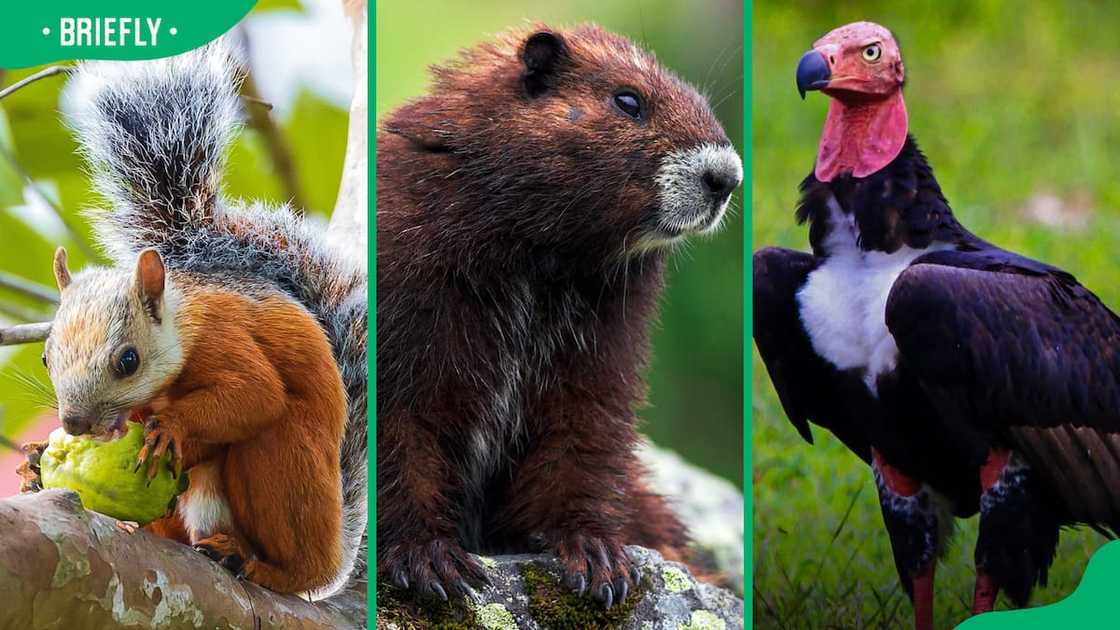
Source: UGC
TABLE OF CONTENTS
- Animals that start with V
- 1. Vole
- 2. Velvet worm
- 3. Vampire squid
- 4. Viscacha
- 5. Vampire bat
- 6. Vervet monkey
- 7. Vulture
- 8. Viceroy butterfly
- 9. Viper
- 10. Viperfish
- 11. Vaquita
- 12. Volcano rabbit
- 13. Visayan warty pig
- 14. Velvet Asity
- 15. Valley Bulldog
- 16. Veery
- 17. Vermilion flycatcher
- 18. Vestal Cuckoo Bumblebee
- 19. Vicuña
- 20. Vine Snake
- 21. Vinegaroon
- 22. Vizsla
- 23. Vanga
- 24. Virginia opossum
- 25. Variegated squirrel
- 26. Vancouver Island Marmot
- 27. Verreaux's sifaka
- 28. Vireo
- 29. Violet sea snail
- 30. Veiled chameleon
- What animal starts with the letter V?
- What primates start with V?
- What is a fox-like animal that starts with V?
From the vampire bat and vervet monkey to vipers, these V animals unravel Earth's mysteries. Besides providing a greater appreciation for wildlife, these animals play an important role in maintaining the balance of ecosystems.
Animals that start with V
Some letters appear less common when considering animals that start with them, and V is undoubtedly at the top of the list. Discover some common and intriguing animals that begin with this vibrant letter.
1. Vole
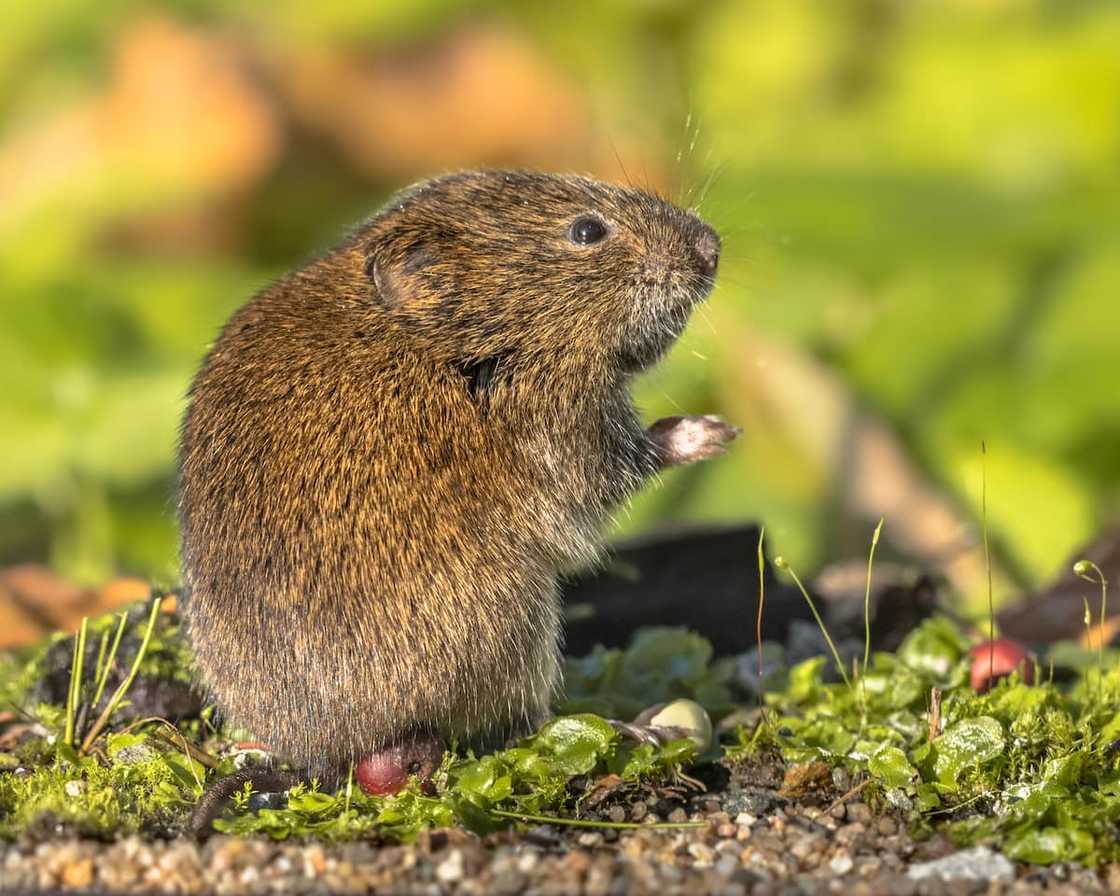
Source: Getty Images
Voles are small, burrowing rodents recognised for trimming tall grass near the openings of their burrows to watch the skies for predators such as shrikes. Where are voles found? These animals are found in prairies, semideserts, and several types of forests, including cloud, deciduous, and coniferous.
2. Velvet worm
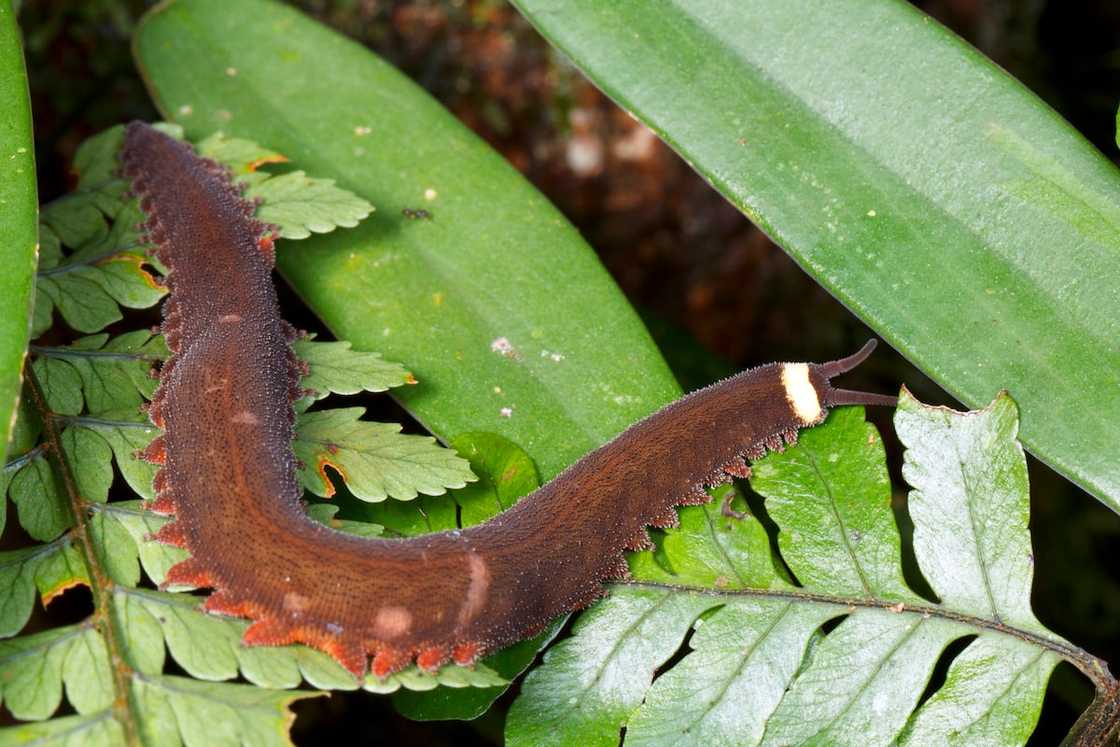
Source: Getty Images
Velvet worms, or onychophorans, are invertebrates known for their unique appearance and hunting techniques. They are found in moist, dark places around the tropics in Australia and New Zealand. Due to their fine, water-repellent hair, these creatures have a soft, velvety appearance.
3. Vampire squid
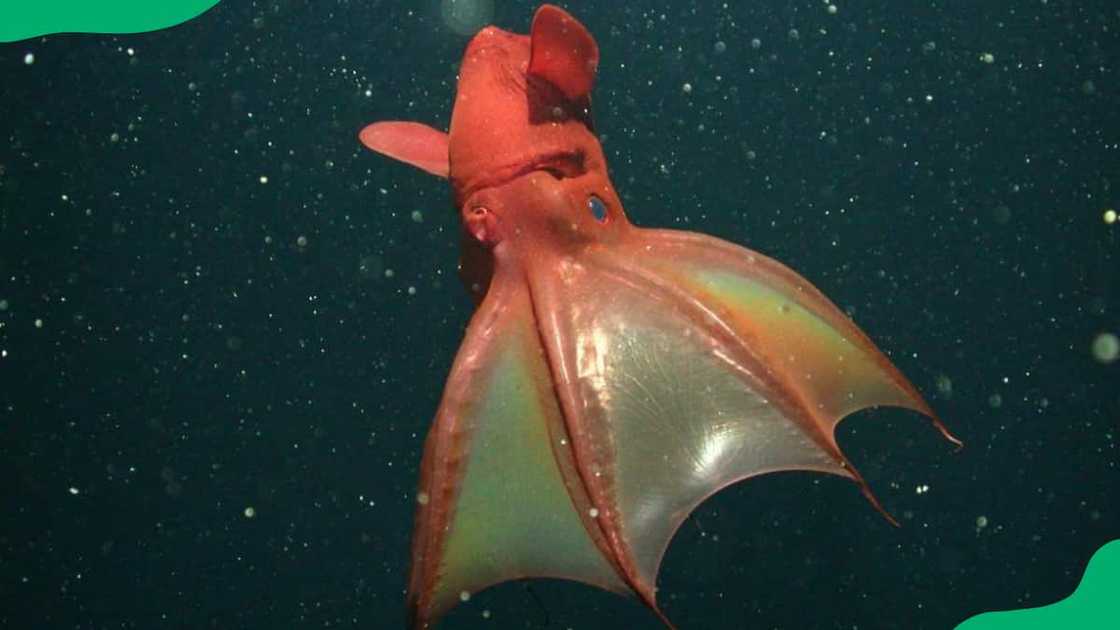
Source: UGC
The vampire squid, scientifically known as Vampyroteuthis infernalis, is among the sea animals that start with V. These creatures resemble octopuses, but their webbing skin that unites together their eight arms makes them different. The animal’s unique photophores allow it to produce bioluminescent displays to defend itself from predators.
4. Viscacha
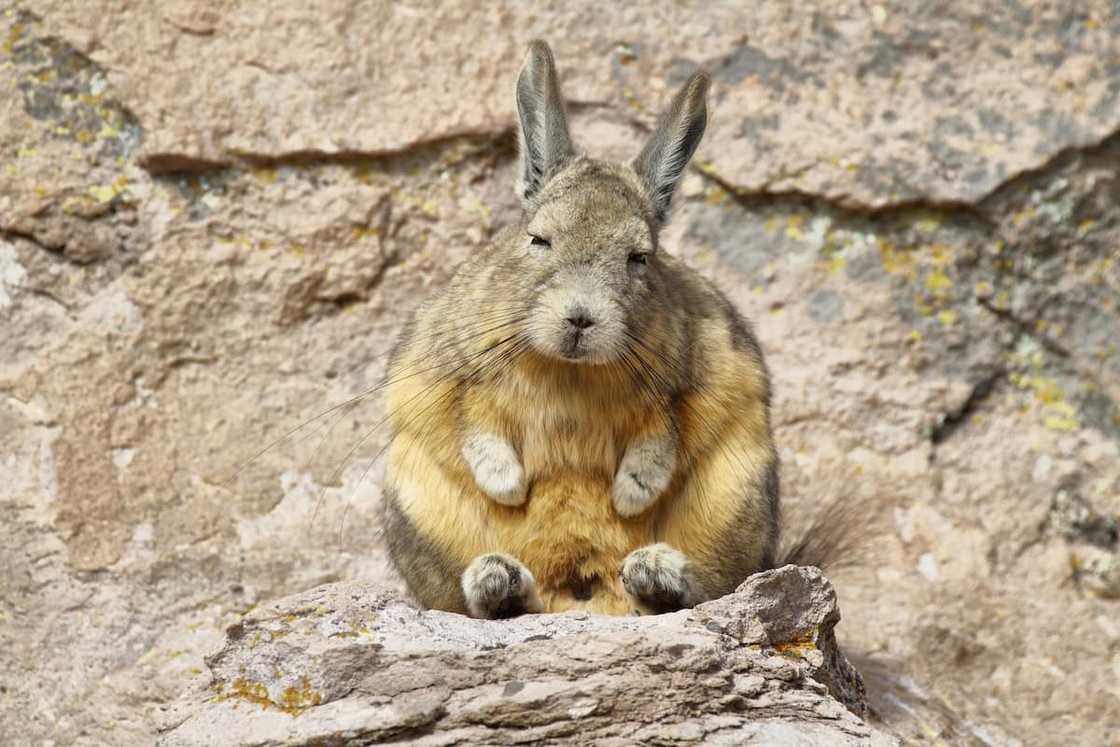
Source: Getty Images
Viscachas are large, rabbit-like rodents native to South America, specifically the Andean regions. These social animals live in colonies and are recognised for their long tails, large ears, and fluffy fur. Viscachas are well-adapted to their high-altitude habitats, with strong hind limbs that enable them to hop like kangaroos. These herbivores primarily feed on grasses and other vegetation.
5. Vampire bat
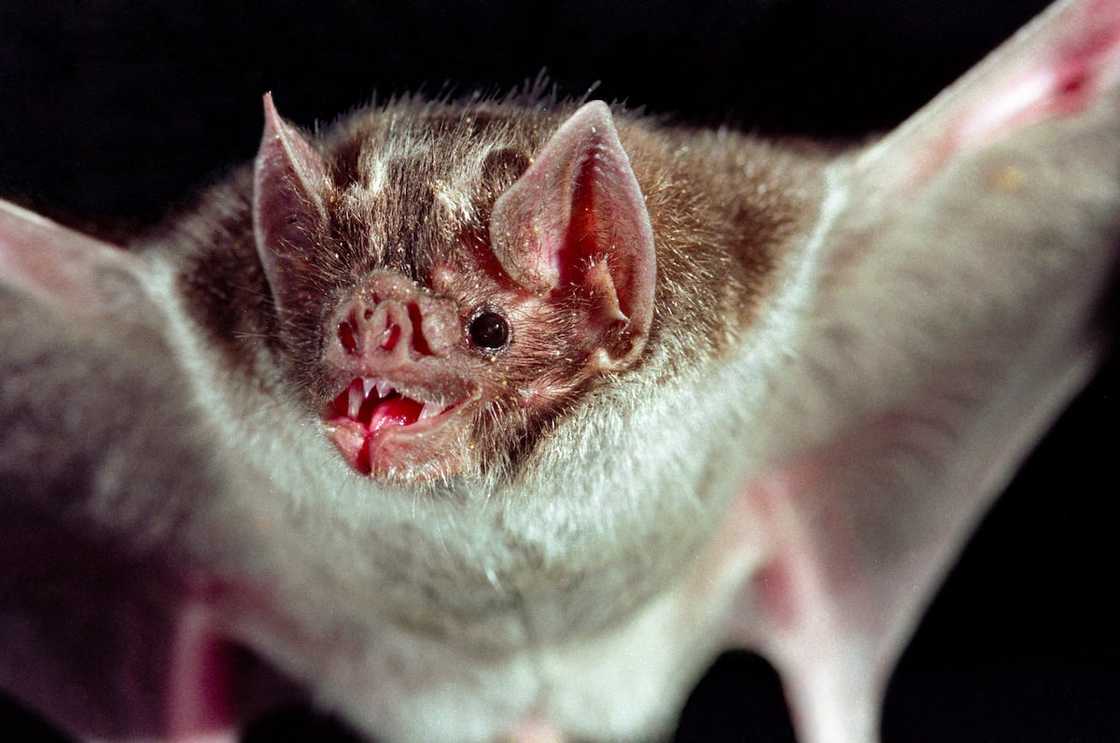
Source: Getty Images
The vampire bat is a nocturnal mammal weighing 30 to 35 grams. These animals have fewer teeth than any other bat because they do not have to chew their food. Vampire bats are known for making small incisions and lapping up the blood of their hosts. What countries do vampire bats live in? These animals are found in Mexico and Central and South America.
6. Vervet monkey
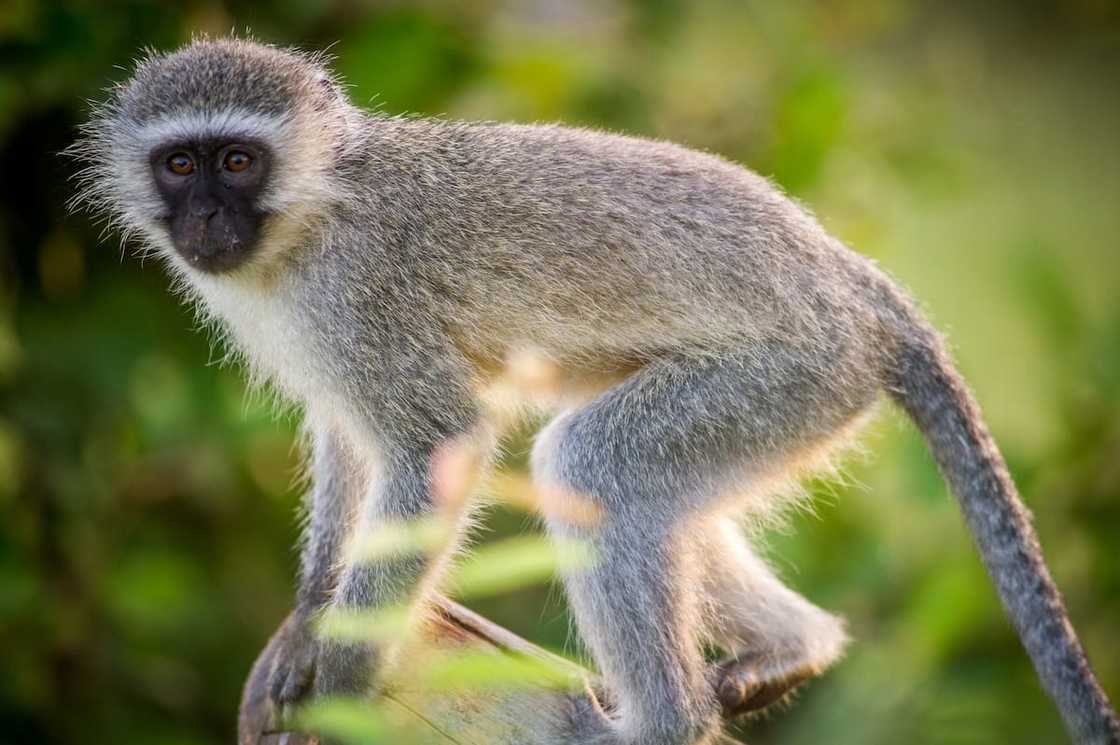
Source: Getty Images
Vervet monkeys are intelligent and social primates found in Africa. They are classified as medium-sized to large monkeys, measuring between 15 and 23 inches long. Depending on the species, they vary in colour, but generally, the body is greenish-olive or silvery-grey.
7. Vulture
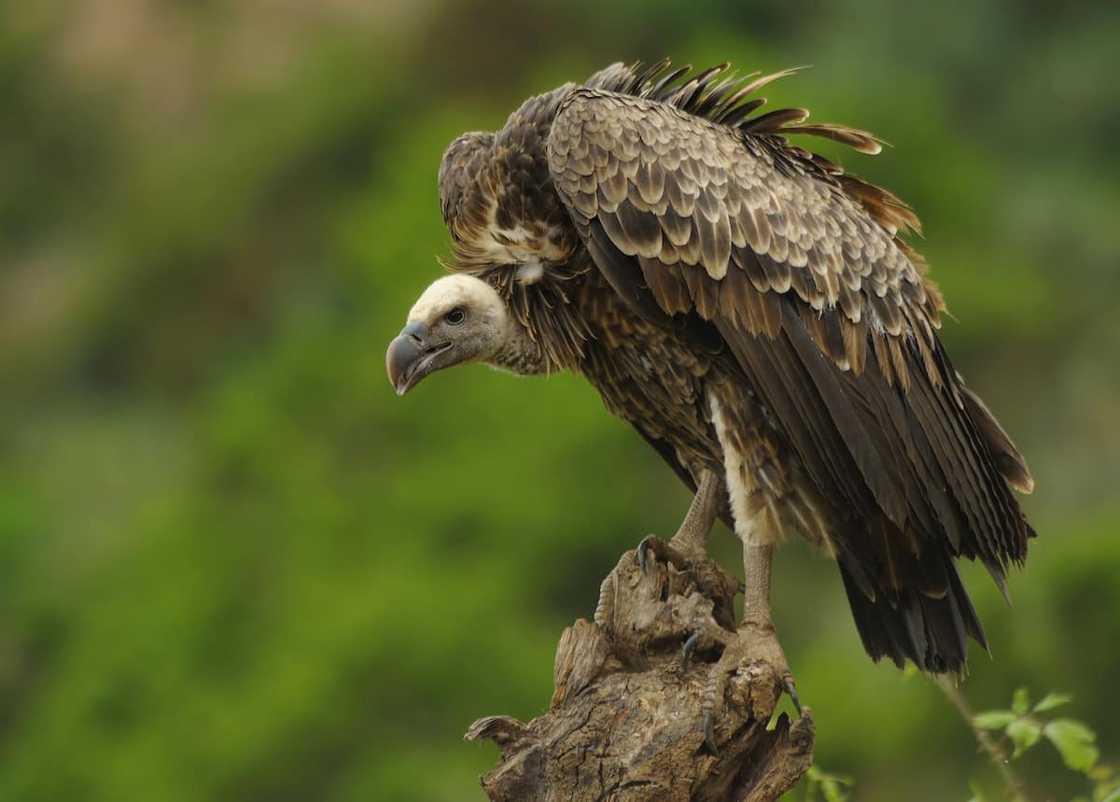
Source: Getty Images
Vultures are scavengers with a keen sense of smell that aids them in locating carcasses of dead animals. Their bald heads serve a practical purpose: keeping them clean while feeding. Vultures play a vital role in ecosystems by helping to maintain a balance in the carrion population.
8. Viceroy butterfly
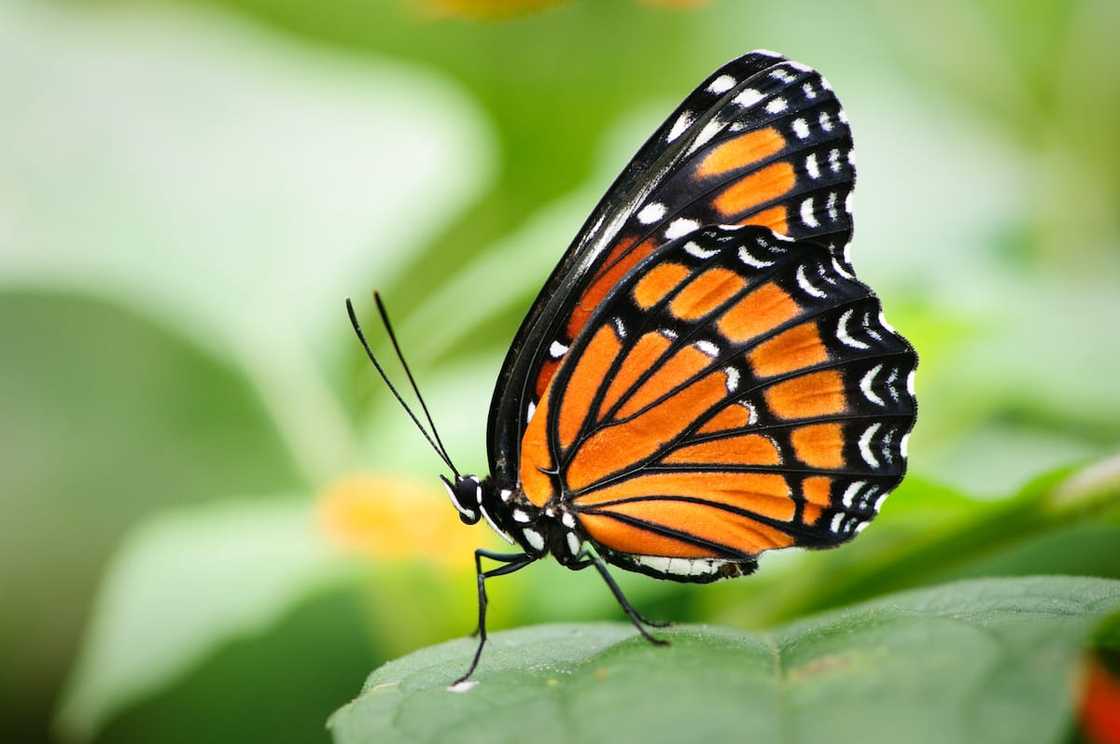
Source: Getty Images
The Viceroy butterfly is admired for its beauty. It resembles the poisonous Monarch butterfly in colouration. This animal deters predators by imitating the appearance of its toxic counterpart, the Monarch butterfly. This mimicry is a remarkable example of adaptive evolution in butterflies.
9. Viper
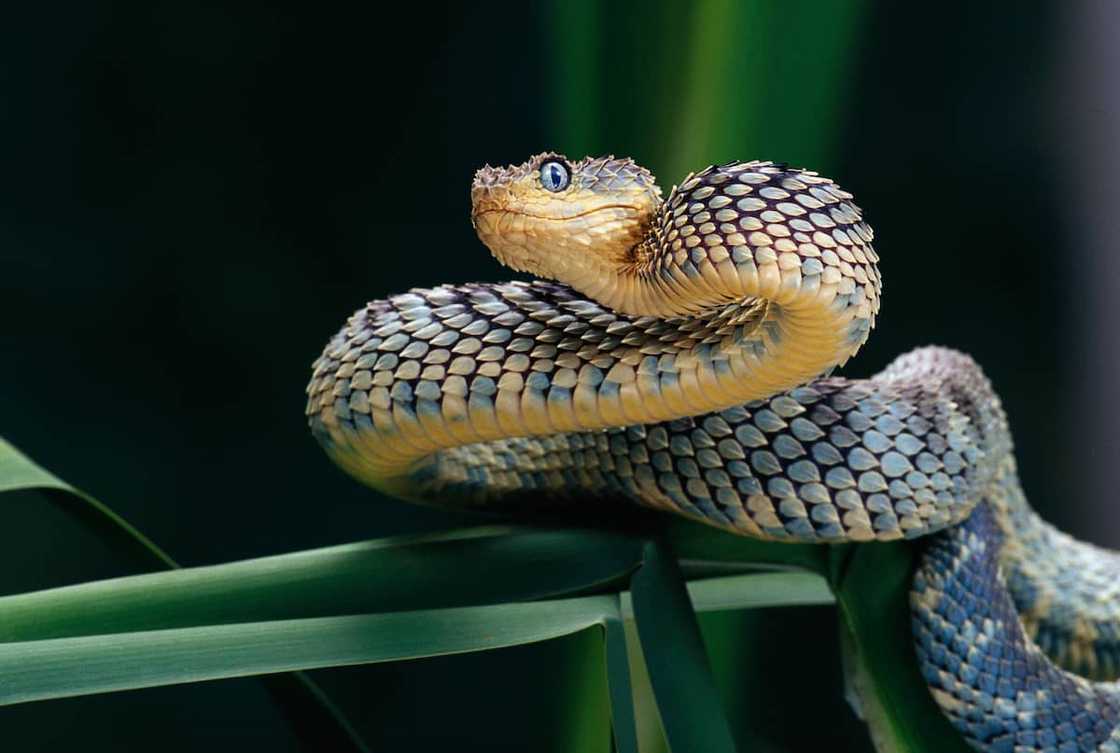
Source: Getty Images
Vipers are venomous snakes found in various parts of the world. They have long, slender bodies and triangular-shaped heads. Their venom serves a dual purpose by allowing them to kill their prey and defend themselves from potential predators. Vipers are well-adapted predators with a potent means of subduing their victims.
10. Viperfish
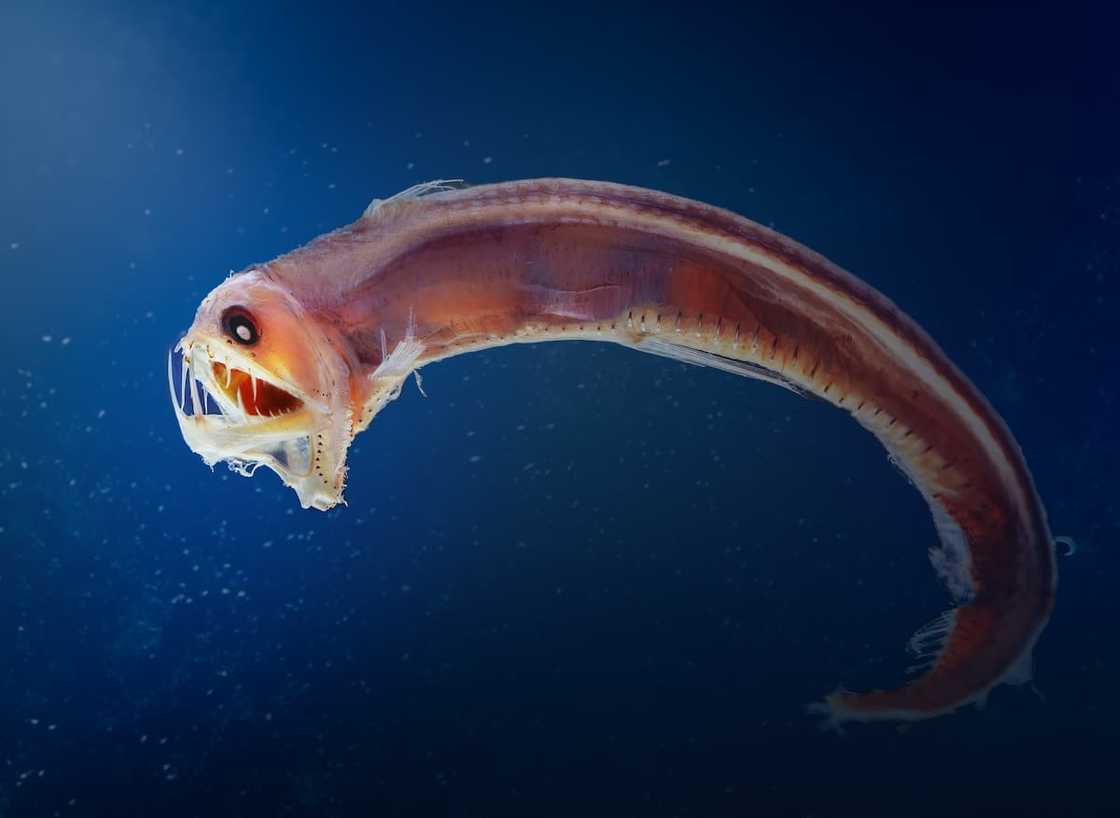
Source: Getty Images
The viperfish is among the fish that start with V. It is a fearsome-looking fish that resides in the deep ocean and is known for its large mouth and elongated body. Despite their intimidating appearance, these creatures are not a threat to humans. These animals have bioluminescent organs called photophores that emit light. They use this glowing appendage to attract prey in pitch-black environments.
11. Vaquita
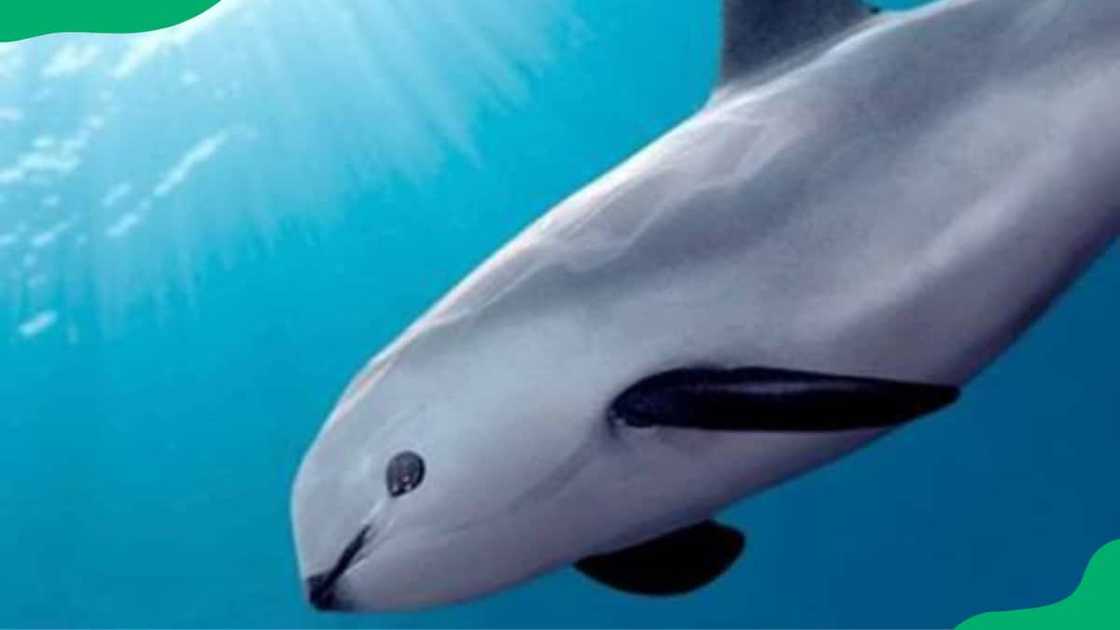
Source: UGC
The vaquita is a small marine mammal found in the Gulf of California. It is the world’s most endangered sea creature, with only ten remaining. These animals are adapted to live in warm waters ranging between 14 to 36 degrees Celsius.
12. Volcano rabbit
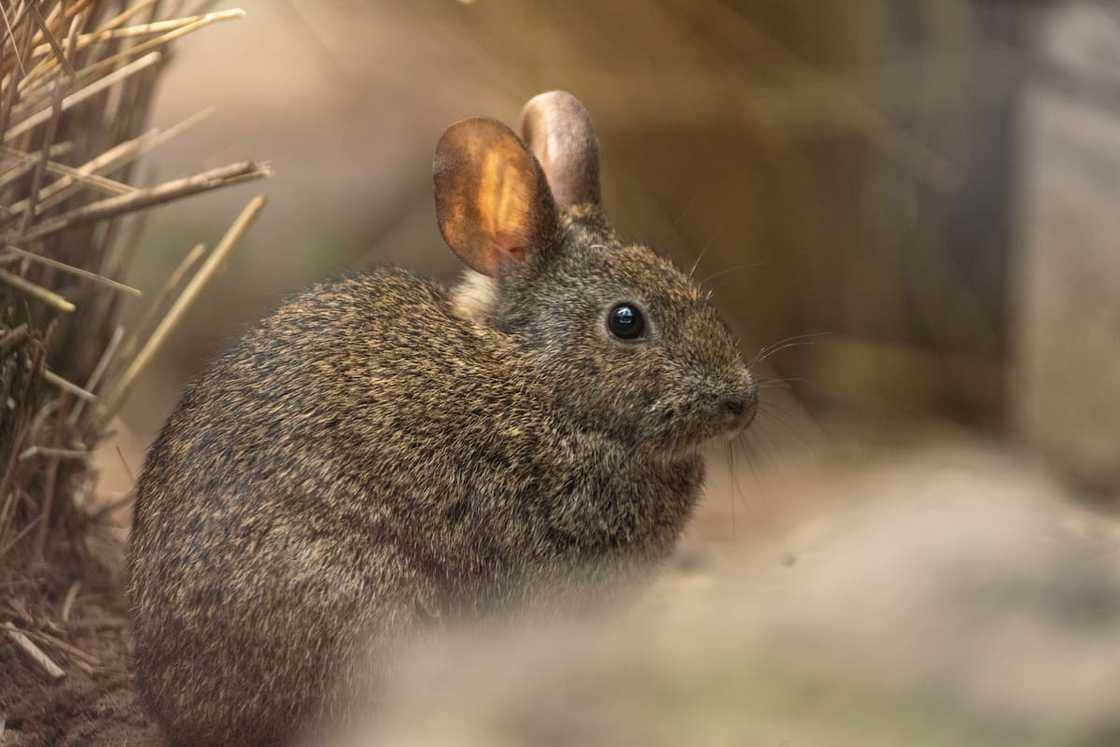
Source: Getty Images
Endemic to the mountains of Mexico, the volcano rabbit is uniquely adapted to high altitudes. Sporting thick fur for warmth and possessing large lungs to navigate thin air, these rabbits have evolved to thrive in challenging mountainous environments. What do volcano rabbits eat? These animal species primarily feed on grasses.
13. Visayan warty pig
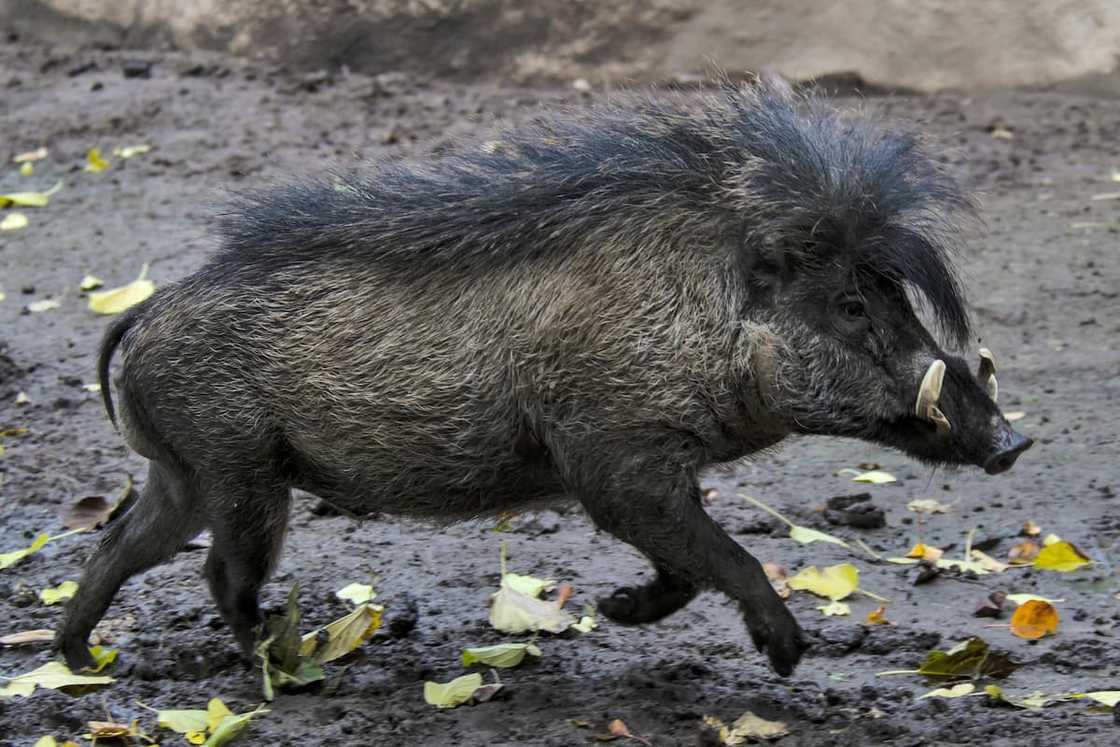
Source: Getty Images
The Visayan warty pig is a small pig species found in the Philippines. These warts are believed to serve a dual purpose, aiding in mate competition and providing a defence against potential predators.
14. Velvet Asity
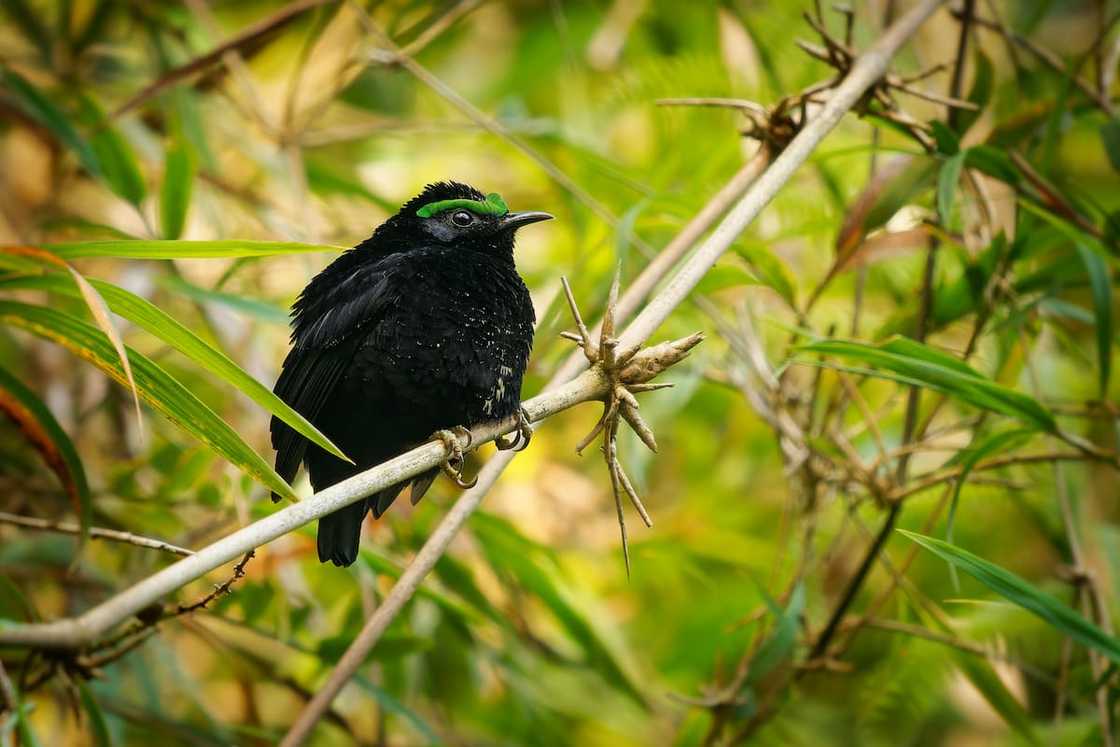
Source: Getty Images
Residing in Madagascar, the velvet asity is a striking bird known for its soft, velvet-like feathers and melodic songs. This beautiful avian species adds vibrancy to the island's unique biodiversity, captivating observers with its visual and auditory charm.
15. Valley Bulldog
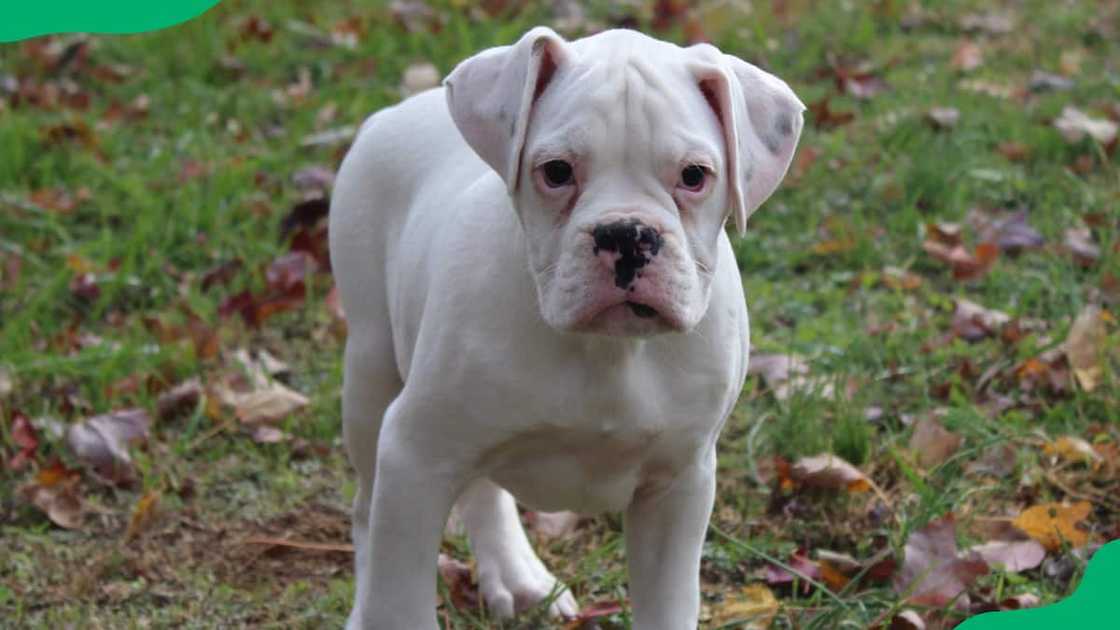
Source: UGC
Valley bulldog is among the dogs that start with V. This is a rare breed descended from the English bulldog. The valley bulldog is smaller and more agile while maintaining its English counterpart's friendly and affectionate personality. This unique dog breed stands out for its distinctive characteristics within the canine world.
16. Veery
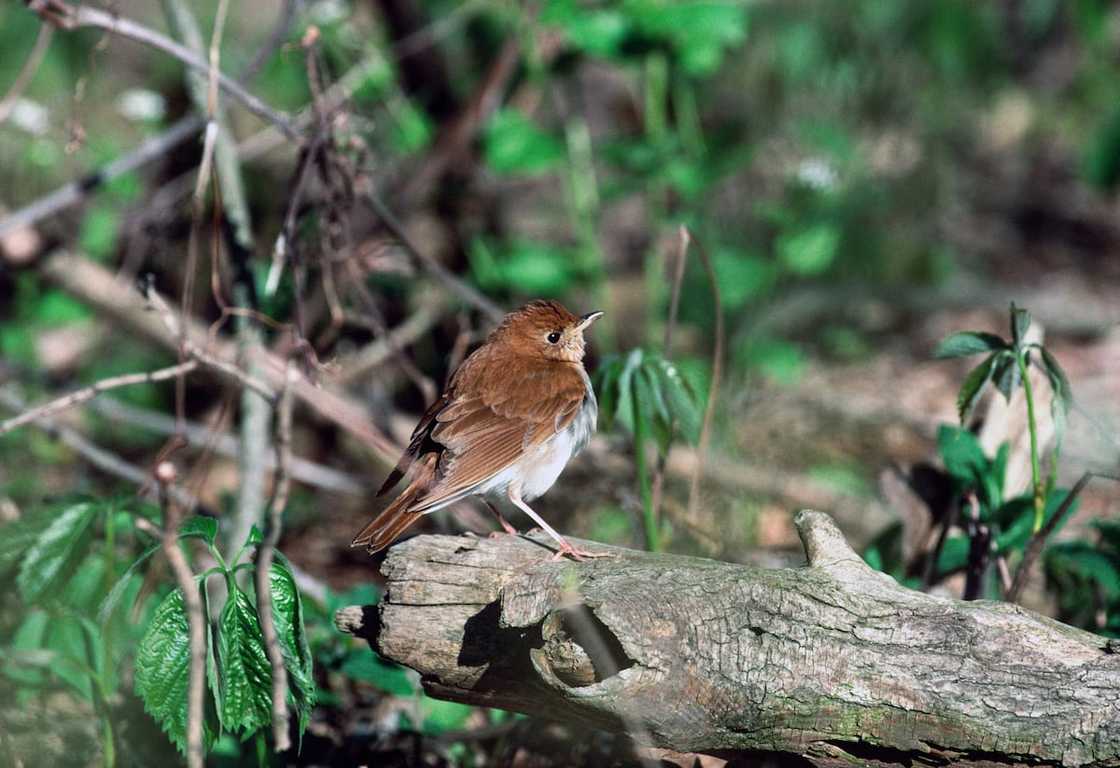
Source: Getty Images
The veery is a small thrush mainly found in North America and South America. They are primarily light brown on the upper parts and white on the underparts, and the breasts are light tawny with faint brownish spots. The bird is celebrated for its enchanting songs from the treetops. These cute birds are known for being secretive and are often heard but rarely seen.
17. Vermilion flycatcher
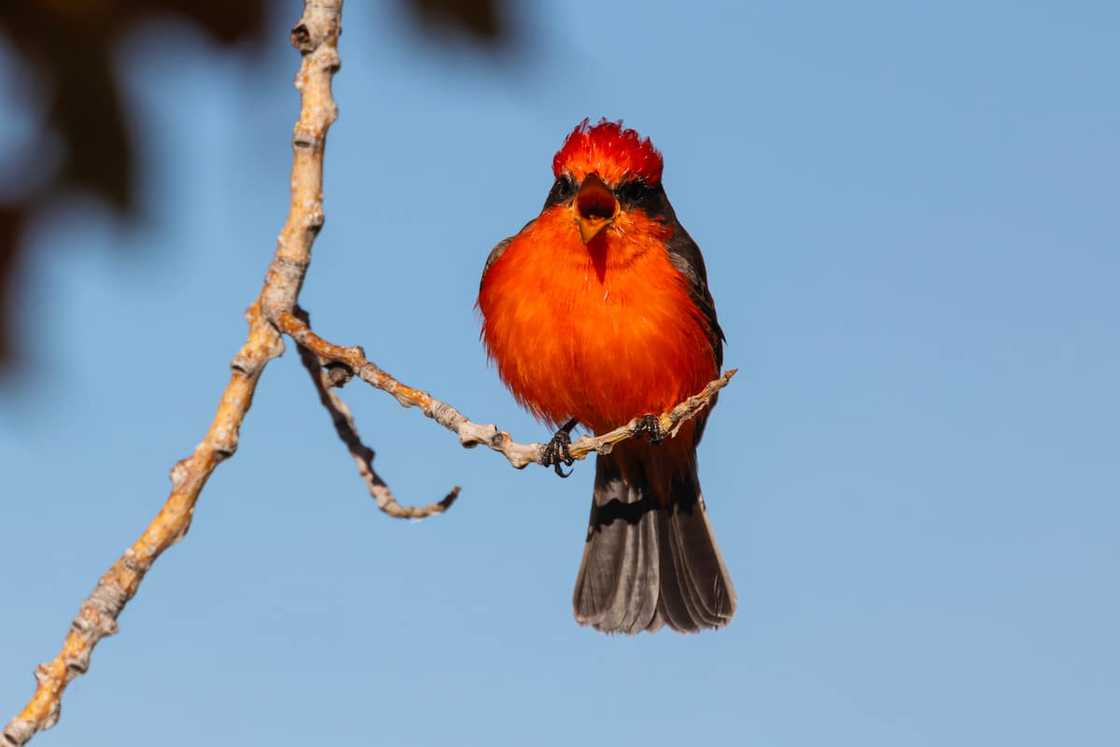
Source: Getty Images
The Vermilion flycatcher is a small bird mainly found in South America and North America. Male Vermilion flycatchers are bright red with contrasting dark brown plumage, while females have a peach-coloured belly with a dark grey upperside. These charming birds add colour and musicality to their habitats, delighting observers with their visual and auditory appeal.
18. Vestal Cuckoo Bumblebee
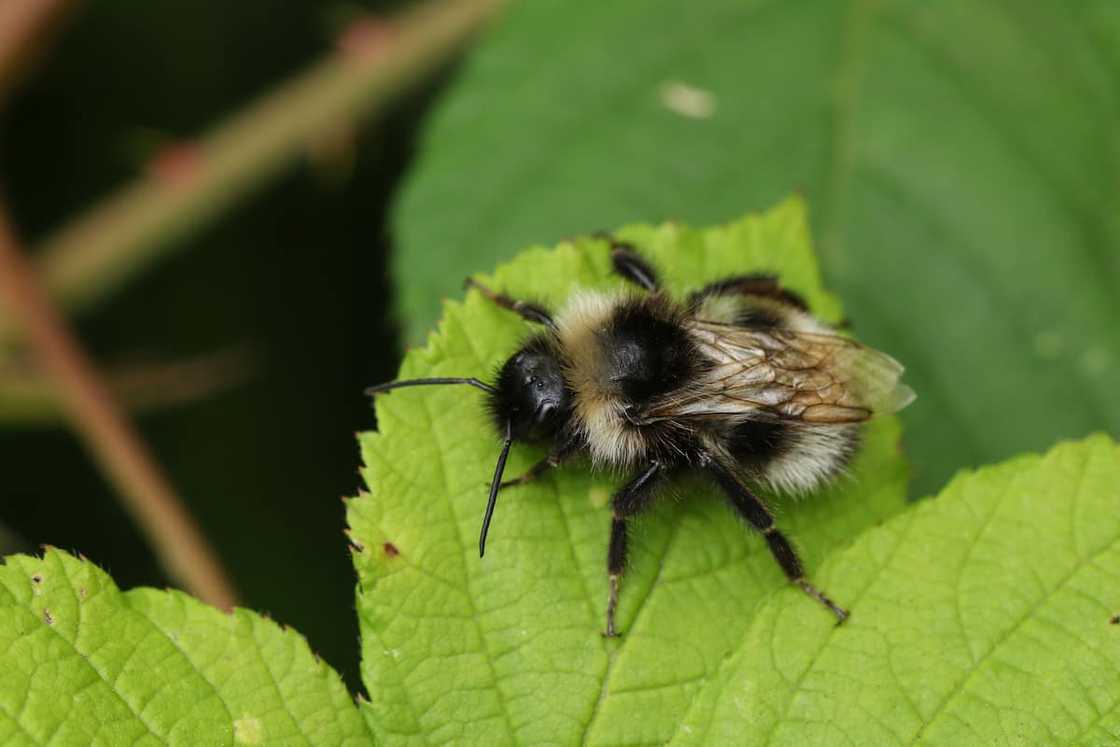
Source: Getty Images
The Vestal Cuckoo Bumblebee is found in Europe and Asia. The animal stands out for its parasitic behaviour, laying eggs in the nests of other bumblebees. This unique adaptation is a testament to the diverse strategies of different species to ensure reproductive success.
19. Vicuña
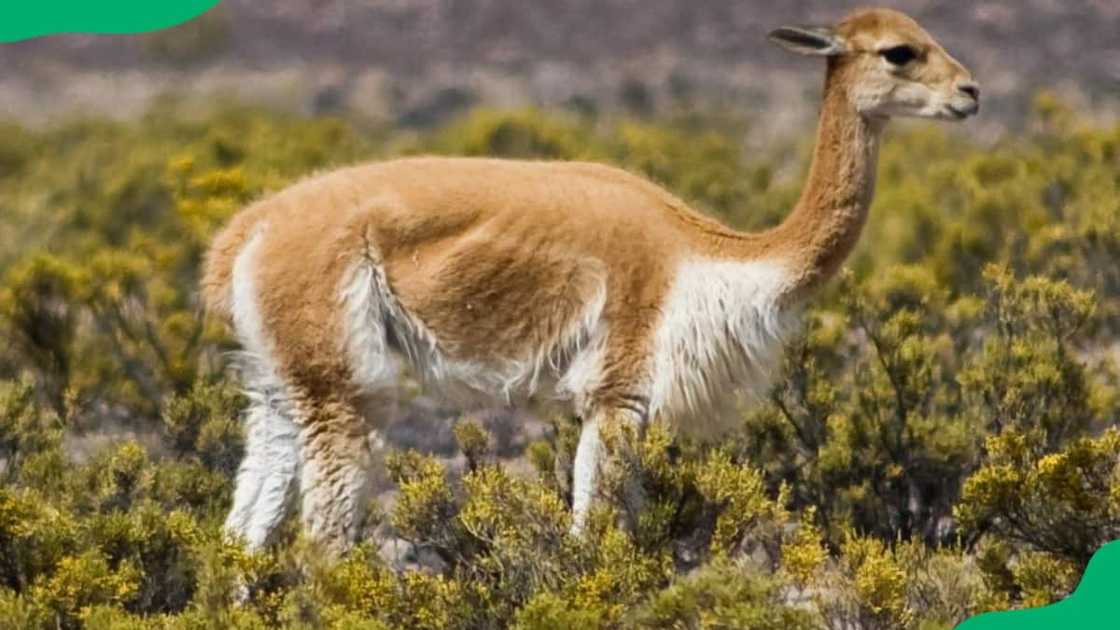
Source: UGC
Native to the Andes mountains in South America, the Vicuña is a smaller and wilder relative of llamas and alpacas. The Vicuña's fine wool is among the world's most expensive textiles. These camelids contribute to the cultural and economic heritage of the Andean region.
20. Vine Snake
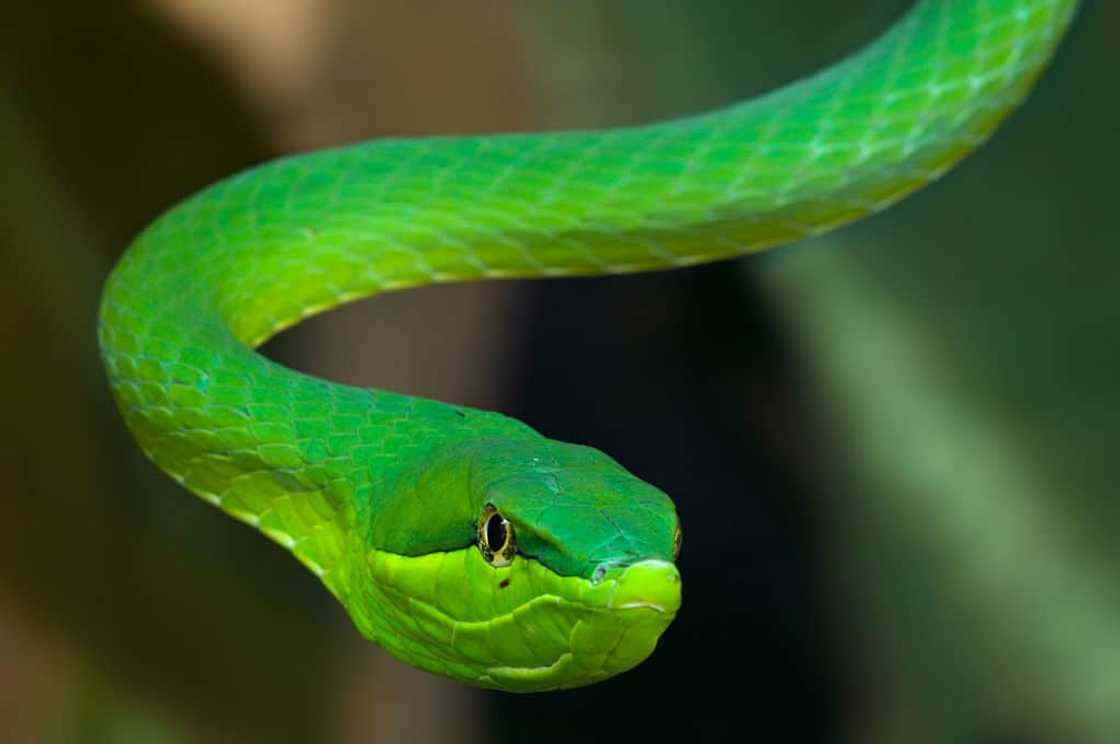
Source: Getty Images
The green vine snakes are scientifically known as Oxybelis fulgidus. These animals are aerodynamically shaped and very pointy. Their mouth is large and extends almost the whole length of the head. They exhibit exceptional climbing abilities, using their long tails to grip branches.
21. Vinegaroon
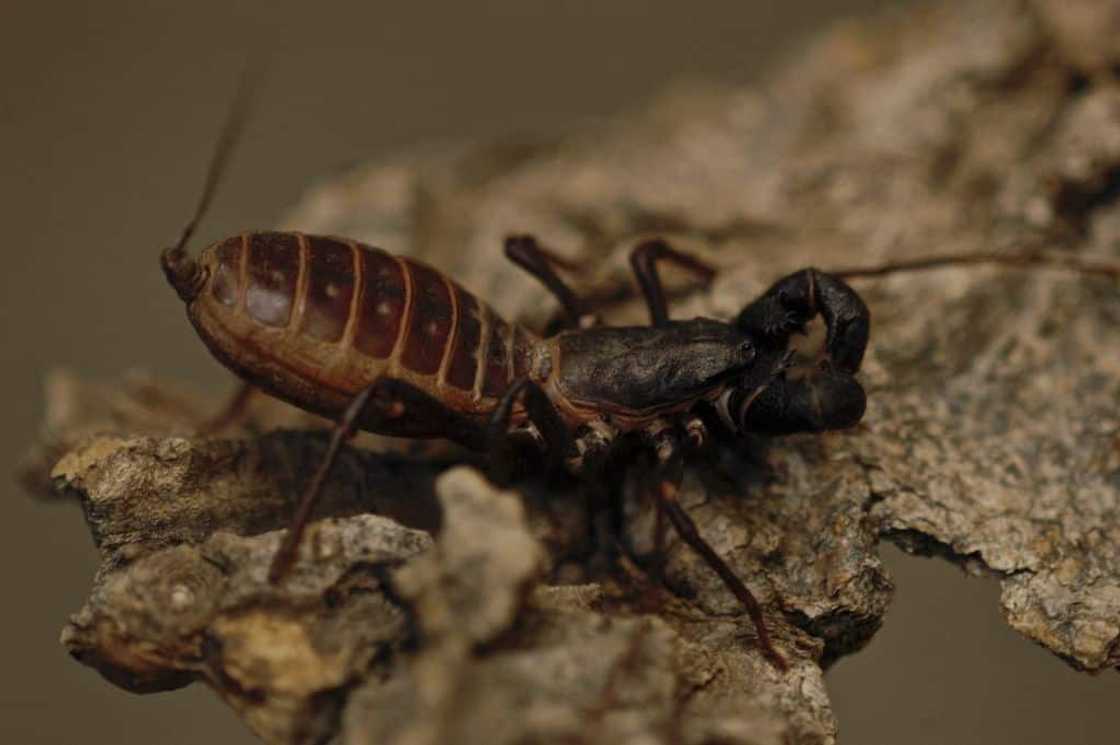
Source: Getty Images
These animals are small, black desert predators that resemble scorpions. Vinegaroons are arachnids found in North and South America. Like spiders and scorpions, vinegaroons are arachnids. They are known for their unique defence mechanism of spraying a sour-smelling acetic acid from glands on their abdomen.
22. Vizsla

Source: UGC
The Vizsla is a versatile hunting dog breed originating from Hungary. Known for their friendly nature and intelligence, these dogs excel in various roles, from loyal family companions to skilled hunters. Their distinctive golden rust coat and sleek physique make them aesthetically pleasing and agile in the field.
23. Vanga
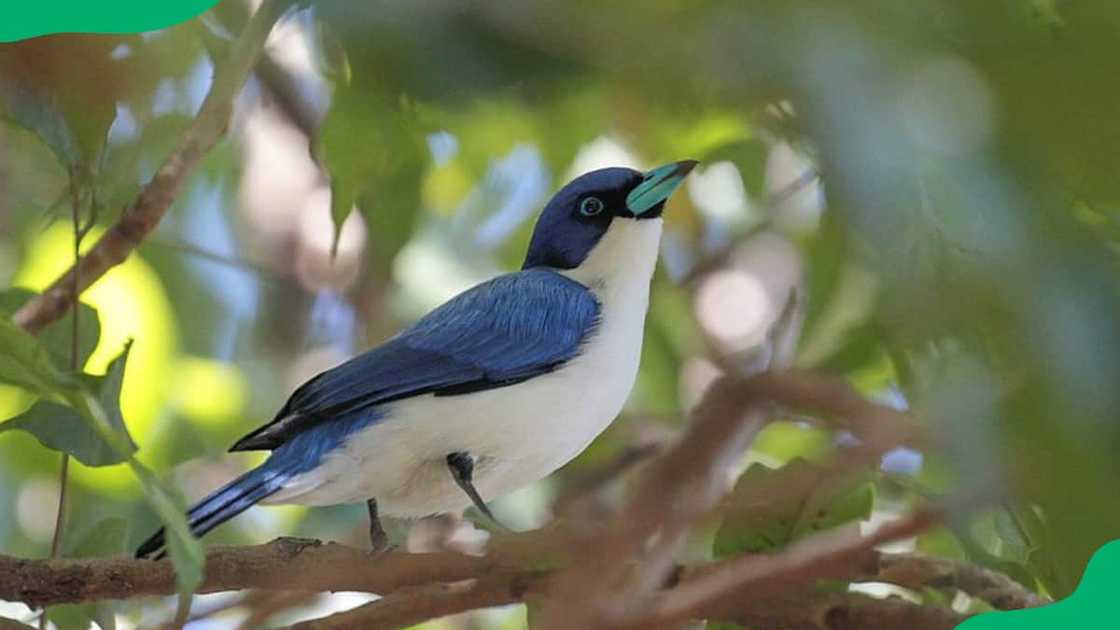
Source: UGC
Vangas are a diverse group of birds found in Madagascar. They showcase the fascinating evolutionary adaptations in the island's avian biodiversity with unique beak shapes adapted to different feeding habits. These V animals play a crucial role in the ecosystem, contributing to seed dispersal and insect control.
24. Virginia opossum
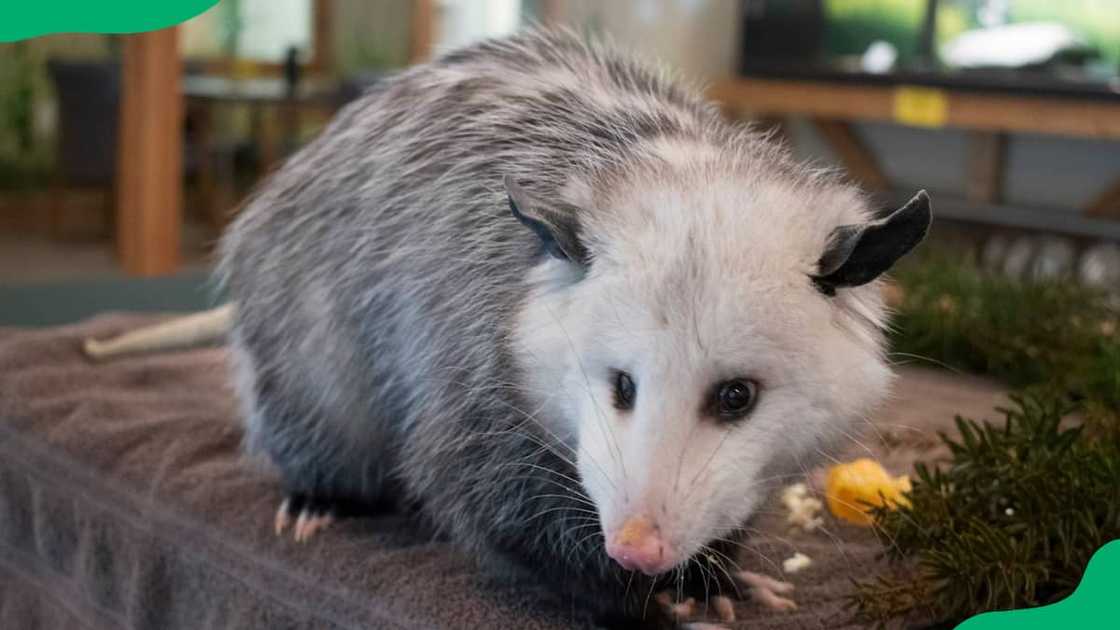
Source: UGC
The Virginia opossum is among the mammals starting with the letter V. They are North America's only marsupial, known for its remarkable ability to "play possum" as a defence mechanism. These V animals are adaptable omnivores, thriving in various habitats. Their prehensile tail and opposable thumbs aid in climbing and foraging.
25. Variegated squirrel
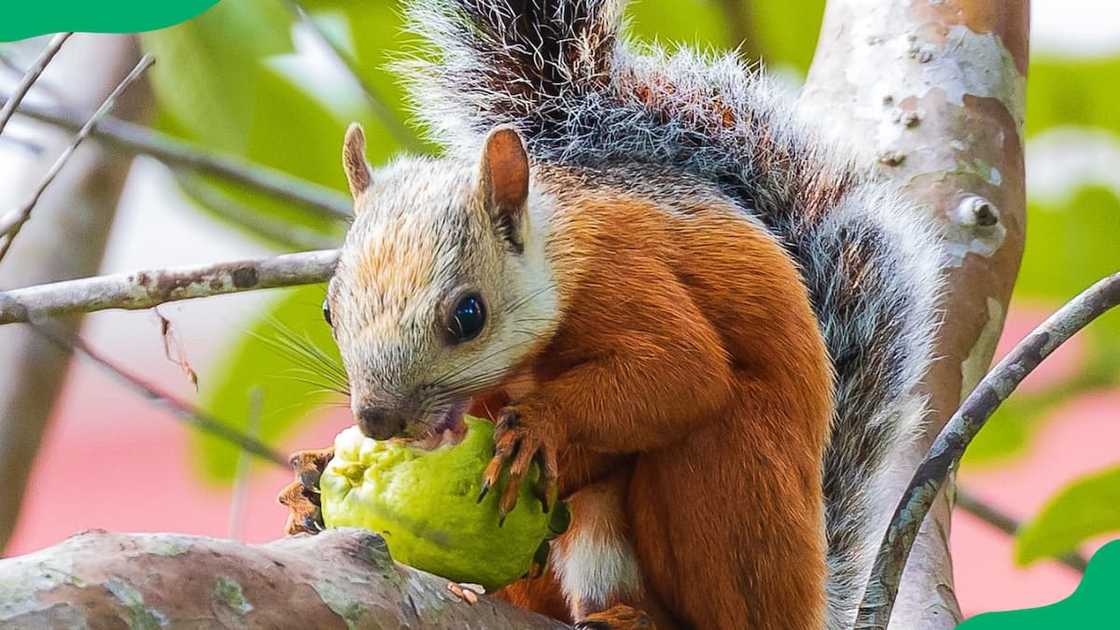
Source: UGC
The variegated squirrel is found in Guatemala, Costa Rica, Nicaragua, El Salvador, Honduras, southern Mexico, and Panama. They are solitary and diurnal animals who rarely descend to the ground. Variegated squirrels are herbivores and primarily feed on seeds but consume fruits, insects and nestlings.
26. Vancouver Island Marmot
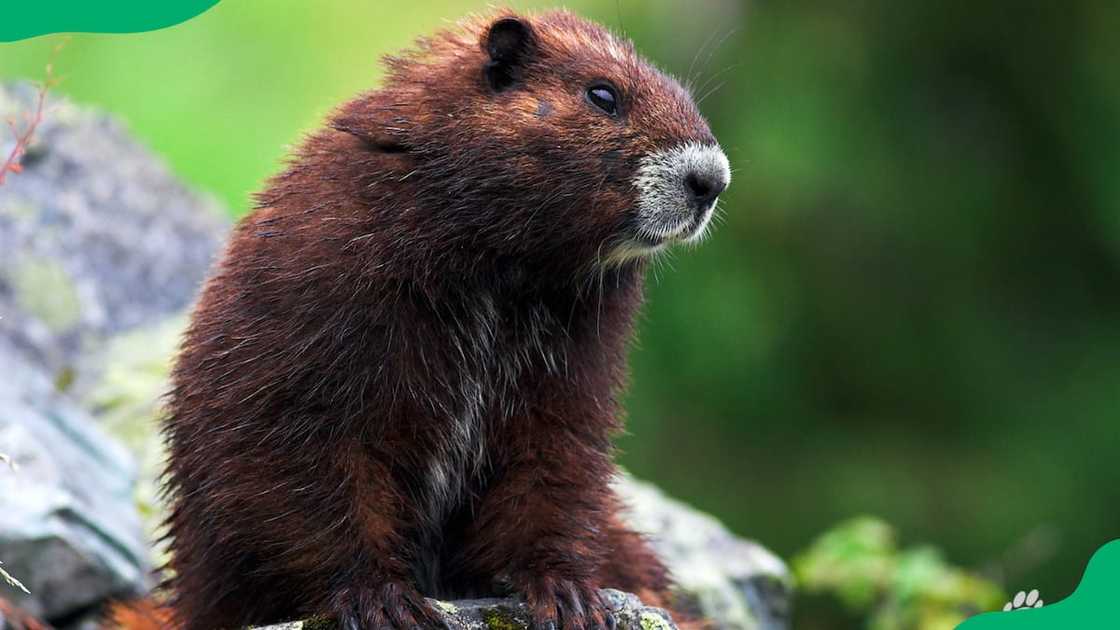
Source: UGC
The Vancouver Island marmot is a critically endangered species found in the high mountains of Vancouver Island, British Columbia. They can be easily distinguished from other marmots by their rich, chocolate-brown fur and white patches. These creatures are active during the day and spend their time foraging, playing, resting in caves, and sunning on rocks.
27. Verreaux's sifaka
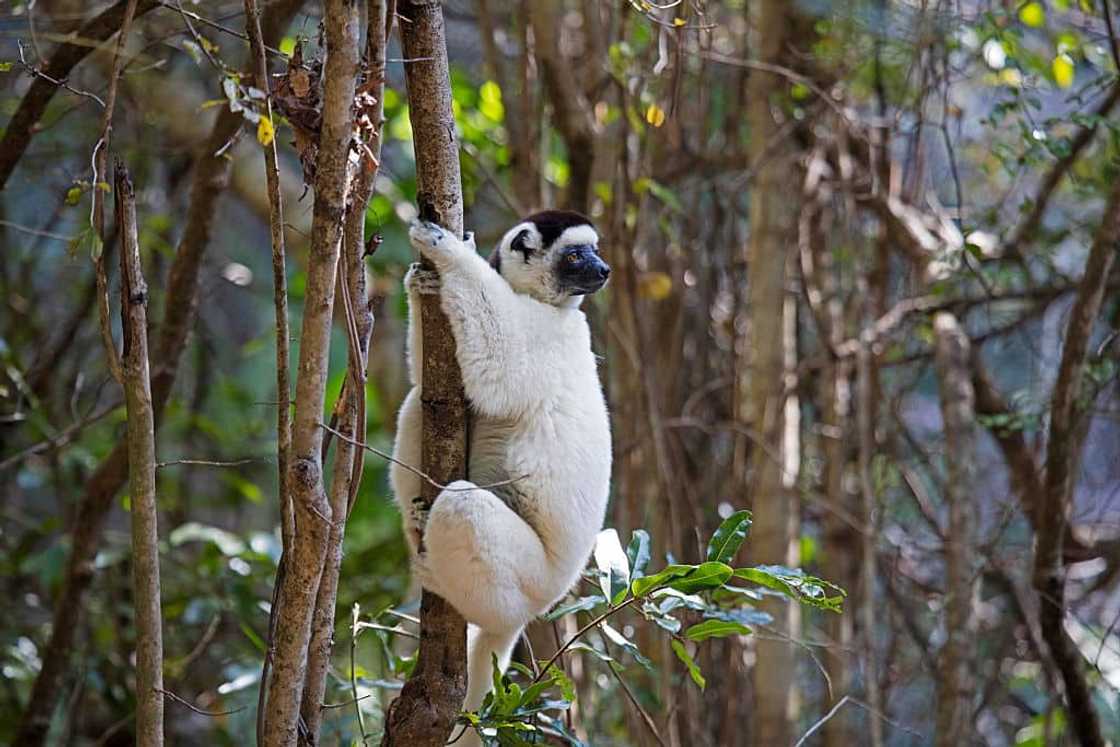
Source: Getty Images
Endemic to Madagascar, Verreaux's sifaka is a striking lemur species known for its distinctive black and white fur. Their unique method of locomotion, "vertical clinging and leaping," sets them apart from other lemurs.
28. Vireo
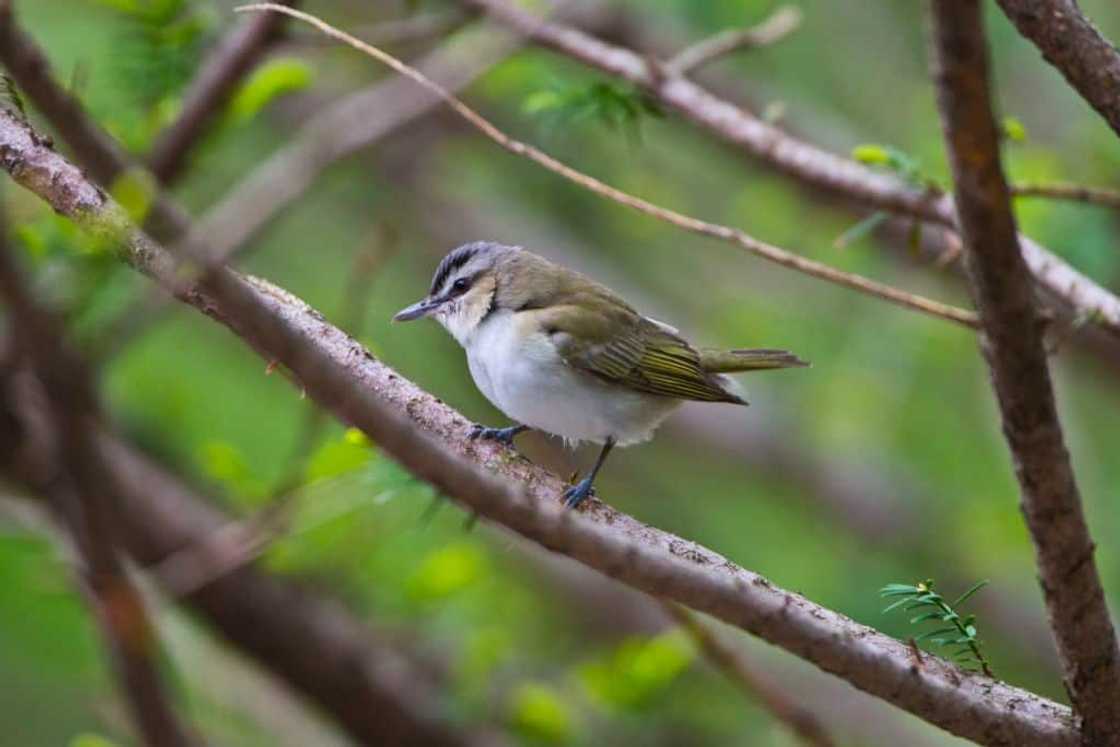
Source: Getty Images
Vireos are small, insect-eating birds found in the Americas. With melodious songs and intricate plumage patterns, they contribute to the rich avian diversity in their habitats. Vireos are known for their meticulous nest-building skills and play a significant role in controlling insect populations.
29. Violet sea snail
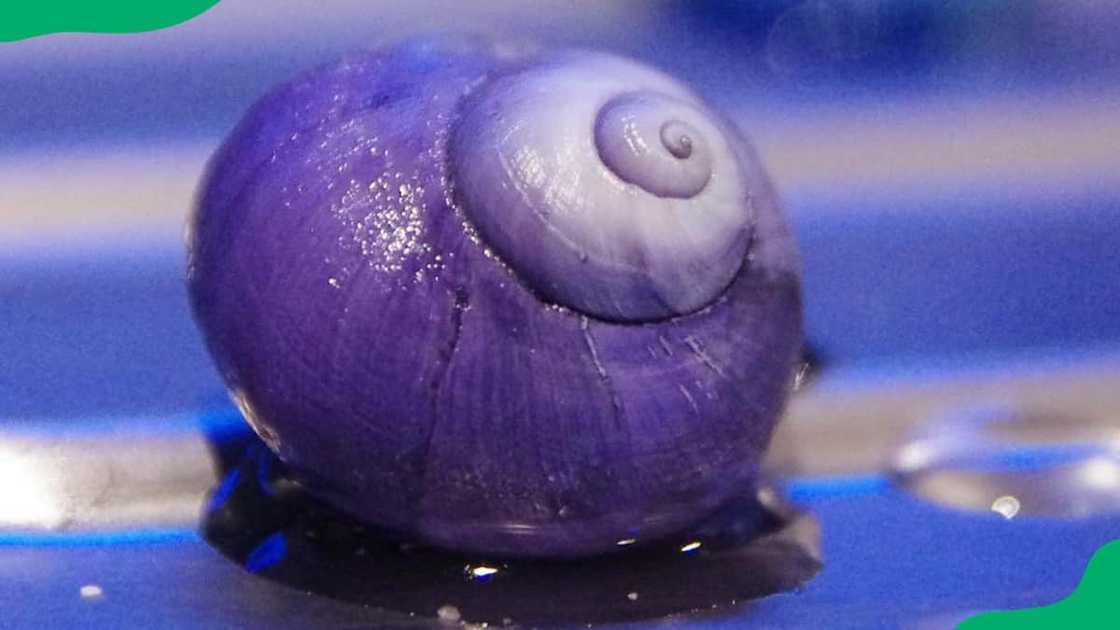
Source: UGC
The violet sea snail, scientifically known as Janthina janthina, is a marine gastropod. Recognised for its vibrant violet-hued shell, this tiny snail spends most of its life floating on the ocean surface using a bubble raft it creates. Its diet consists of blue sea slugs.
30. Veiled chameleon
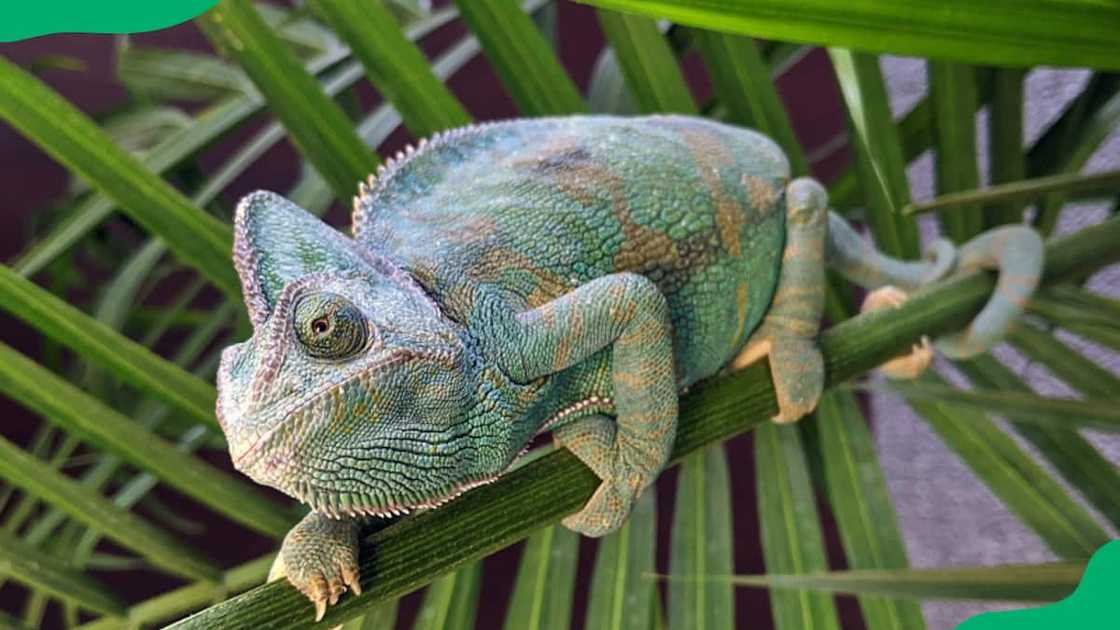
Source: UGC
The veiled chameleon, scientifically known as Chamaeleo calyptratus, is a striking reptile native to the Arabian Peninsula. It is known for its distinctive casque on its head and ability to change colour. Veiled chameleons are famous in the pet trade but require specific care to ensure their well-being, including proper humidity and a varied diet.
What animal starts with the letter V?
Endless animals start with v, and good examples are vampire squid, vultures, viperfish, valley bulldogs and vipers.
What primates start with V?
Famous primates that start with the letter V include the Vervet monkey, Vanzolini's Bald-faced Saki, and the Varied White-fronted Capuchin.
What is a fox-like animal that starts with V?
Some well-known fox-like animals that start with the letter V include Vulpini, Vulpes and Vixen.
Animals that start with the letter V are subjects of scientific research, contributing to the understanding of biology, behaviour, and ecology. Recognising and preserving the importance of these animals is essential for maintaining the health and sustainability of the planet.
READ ALSO: Top 10 most rare insects in the world (2024): Are they poisonous?
Briefly.co.za recently published an exciting post about the most rare insects in the world. Insects are the most varied living beings, making up the world's largest biomass. Around 900,000 known insect species account for 80% of all species globally.
Insects contribute to nutrient cycling by breaking down organic matter, recycling nutrients, and enhancing soil fertility. They serve as a primary food source for numerous animals, forming intricate food webs and supporting biodiversity. Find out the rare insects in the world and whether they are poisonous.
Source: Briefly News

